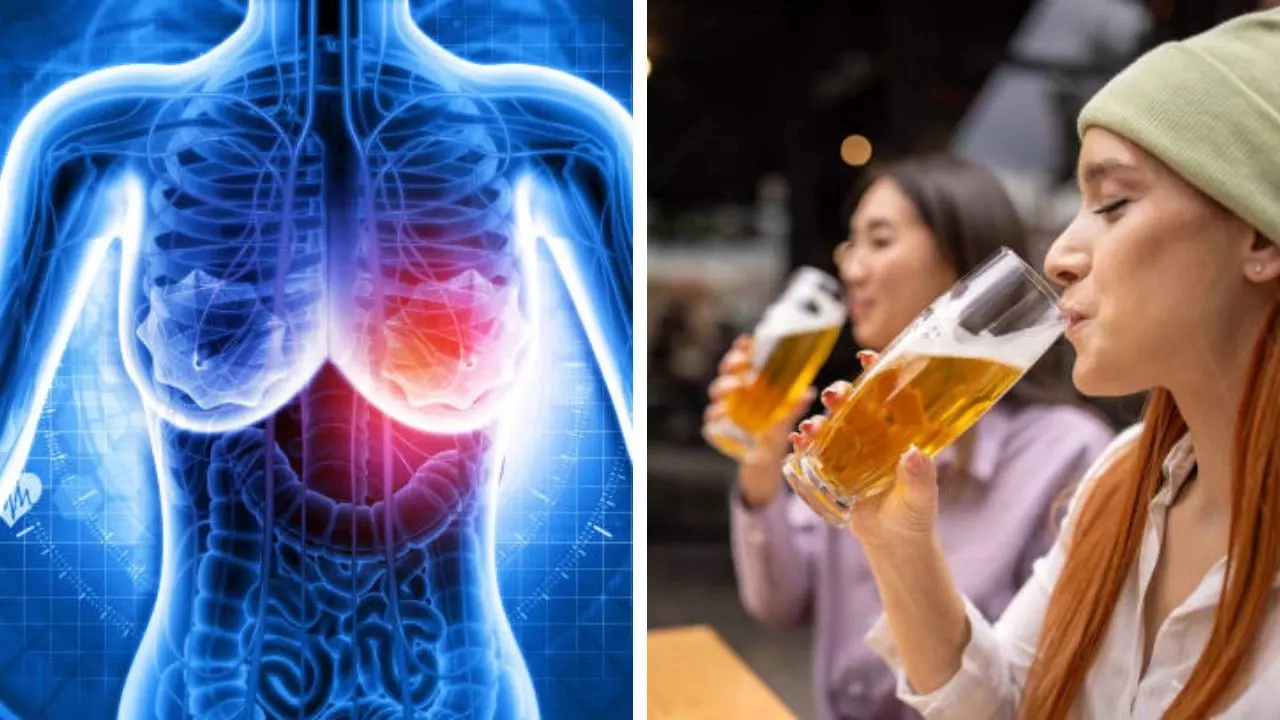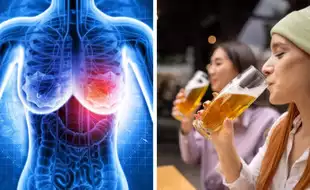
Most women today get their periods at an earlier age, and they delay having children - which surges estrogen and potentially fuels the cancer cells
Breast Cancer Causes: There has been a troubling and significant rise in the number of breast cancer cases among pre-menopausal women – those under 50 years of age. According to a recent report by the American Cancer Society, breast cancer rates in this age group have increased by 1.4 per cent every year from 2012 to 2021.
The report says the number is highest among Asian American and Pacific Islander women - of any age, with a 2.5-2.7 per cent increase every year.
What is causing a surge in breast cancer among young women?
Rising estrogen levels
According to experts, among the main causes of this spike is that breast cancer is fueled by estrogen – a female hormone. The breast cancer cells have receptors on the outside of their walls that can catch specific hormones that circulate through your body. Doctors say that most women today get their periods at an earlier age, and they delay having children - which surges estrogen and potentially fuels the cancer cells.
Obesity
Also, obesity is on the rise – due to sedentary lifestyles and consumption of processed foods. Doctors say an enzyme – known as aromatase fat converts testosterone to estrogen – causing a spike in its levels.
If you are, you are most likely to even have a recurrence of breast cancer.
Alcohol
Various statistics show a sharp uptick in more women drinking alcohol, with binge drinking more common in those in their 30s and 40s. Doctors say alcohol consumption increases the risk of breast cancer by about 16 per cent. Most women, who consume alcohol at least twice or thrice a week have large amounts of folic acid in their systems – a major cause of cancer.
Apart from breast cancer, alcohol also increases the risk for other types, including head and neck, esophageal, and liver cancers.
Breast cancer in younger women is more aggressive
Breast cancers in women under 40 years of age are more likely to have features that contribute to poorer prognoses and outcomes, which include:
- Larger tumour size
- Advanced tumour stage
- Negative hormone receptor status
- Overexpression of the HER2 protein
Doctors also contribute all of the above-mentioned risks to Triple-Negative Breast Cancer, an aggressive subtype without many targeted treatment options, though that is changing - is also more common in younger women. In addition, rates of metastatic breast cancer among women under 40 years have risen 3.5 per cent each year.
Younger women are also more likely to experience a recurrence at five and 10 years after therapy compared to older women.
What are the symptoms of breast cancer?
- A change in the size, shape, or contour of your breast
- A mass or lump - feels as small as a pea
- A lump or thickening in or near your breast or in your underarms that persists through your menstrual cycle
- A change in the look or feel of your skin on your breast or nipple. Your skin may look dimpled, puckered, scaly, or inflamed. It may look red, purple, or darker than other parts of your breast
- A marble-like hardened area under your skin
- A blood-stained or clear fluid discharge from your nipple
Get Latest News Live on Times Now along with Breaking News and Top Headlines from Health and around the world.

